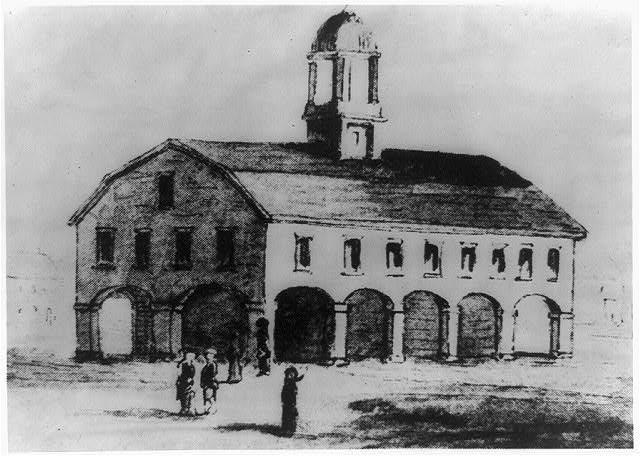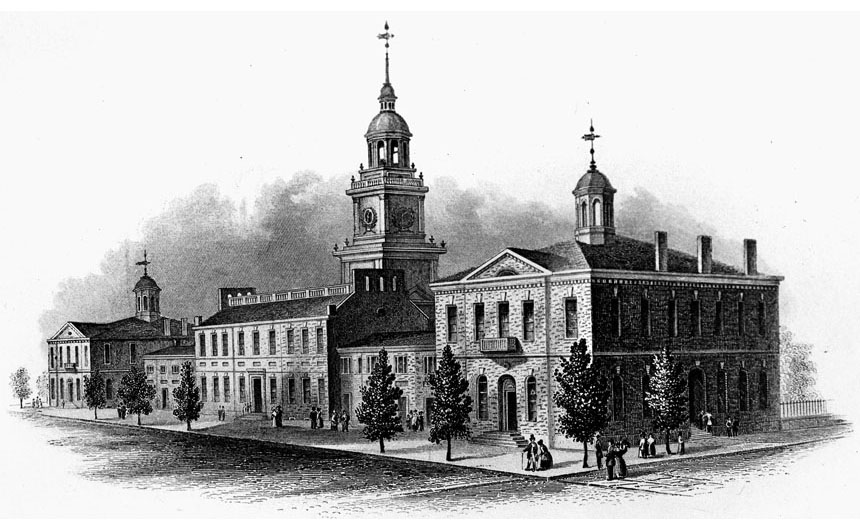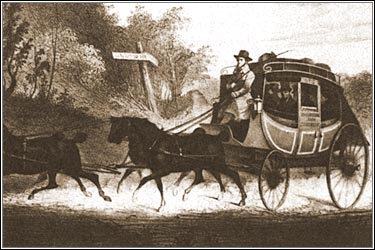After reading an article about the Supreme Court, I recalled some things I already knew about it, like the 9 justices serving in it and their ability to decide which cases to review and Article III Section 1 allowing Congress to create a Supreme Court and inferior courts across the US.
I learned that Article III did set up the Supreme Court, but failed to define the structure of the Supreme Court or how many judges it could have. To fix this issue, the Judiciary Act of 1789 was signed into law, assigning one chief justice and five other justices to serve in the Supreme Court.
I also learned that the Supreme Court first met on February 2, 1790, in the Merchant Exchange building in New York City, I originally thought they first met in the Capitol! The Supreme Court then moved to the new Capitol in Philadelphia, located in three different buildings.
They stayed here until the Capitol moved to Washington D.C., but they were temporarily placed in the Capitol while it was under construction.
The Judiciary Act of 1789 also introduced
"circuit riding", which required the judges of the Supreme Court to ride across the country to their
assigned circuits. Due to the only mode of transportation being horses, they faced rough roads and were at the mercy of the weather for their six to nine-month long journey.
Thankfully, the
Judicial Act of 1869 assigned circuit judges to the circuit courts, limiting the need for circuit riding. Congress created the
United States Court of Appeals in 1891, abolishing the circuit courts and ending the need for circuit riding.
After watching the
videos talking about the Supreme Court, I was surprised to learn about the workload the Supreme Court has! They receive around
7000 cases per year, and they only accept around 100 - 150. Despite the large number, it is good the Supreme Court is receiving this many cases because they rely on the trust of the American people to function.
It means we trust the court to provide an unbiased interpretation of the law. The judges are not afraid of asserting their independence after they are successfully nominated by the president, contributing to this trust. For example,
Sandra Day O'Connor was nominated by Ronald Reagan and became the first female judge in the Supreme Court. Contrary to Ronald Reagan being a Republican, O'Connor supported abortion and
supported Roe v. Wade, despite Republicans wanting to overturn it.
It makes me wonder why he is not talked about when the Supreme Court is mentioned, he contributed to
the way the Supreme Court works today! What if the Supreme Court had to take all 7000 cases a year, hear all of the oral arguments, and write all of the opinions from those cases?






No comments:
Post a Comment